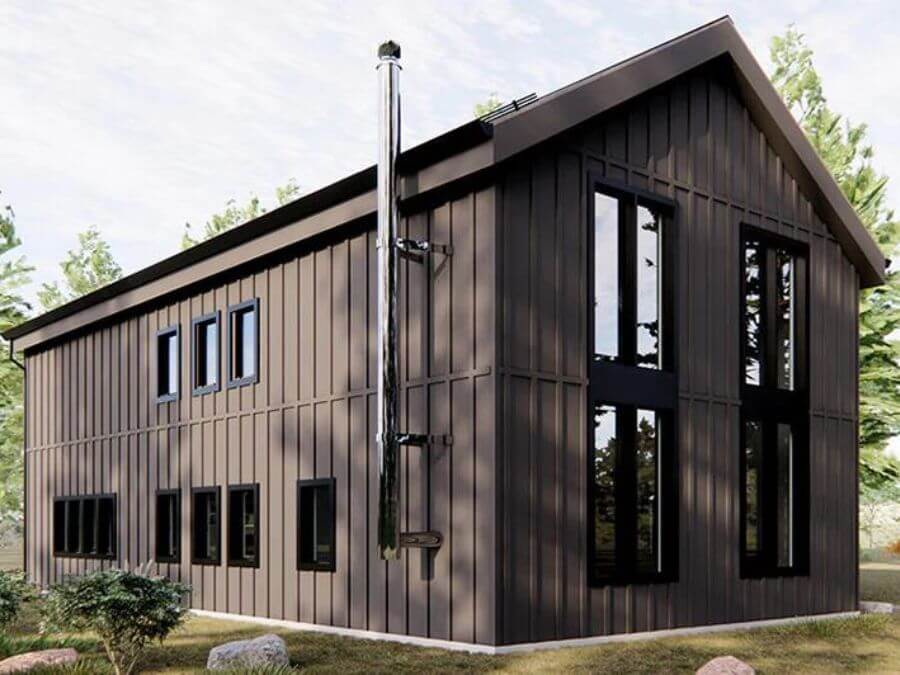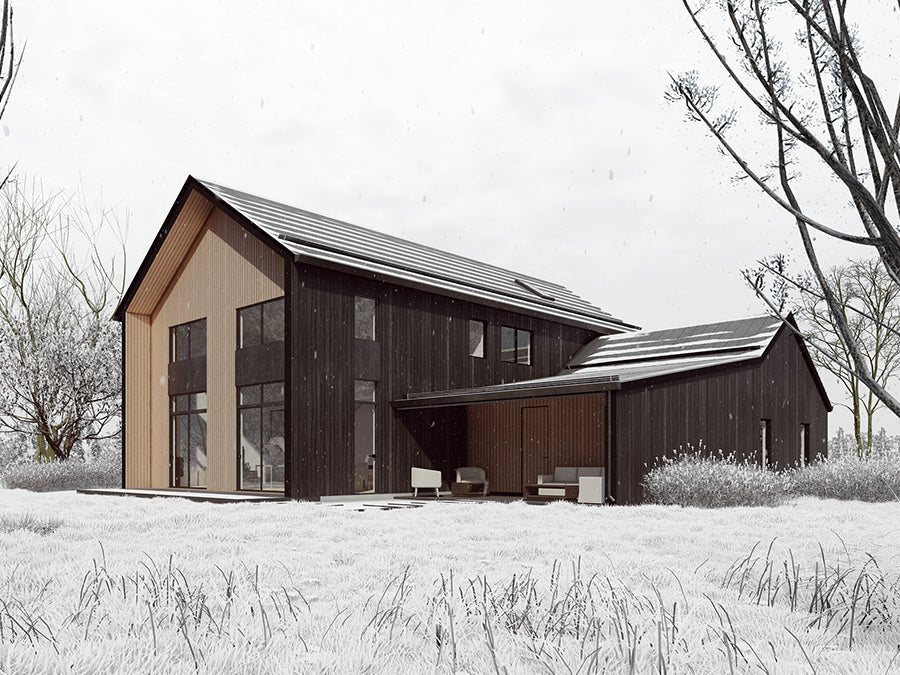Shingle siding is a form of external cladding used on buildings that is composed of overlapping rows of rectangular hardwood or vinyl shingles. Typically, the tiles are put horizontally, with each succeeding row covering the one below it, resulting in a layered pattern that provides a weather-resistant barrier against rain, wind, and other environmental forces. Shingle siding is a popular choice for classic and historic-style homes. It comes in a variety of designs, including sawn, machine-cut, and hand-split shingles, which give the siding a distinct and rustic character.
Origin of Shingle Siding
In the late 1870s, William Ralph Emerson - a noted Boston architect living between 1833 and 1917 - revolutionized residential design with his iconic 'Redwood' house located in Bar Harbor, Maine. The concept of sheathing an entire building with shakes was groundbreaking at that time; Yale professor Vincent Scully even bestowed upon these 1880-90s buildings the distinguished sobriquet "Shingle Style" to recognize their significance. Per Roger G. Reed's A Delight to All Who Know It: Guidebook for Historic Mount Desert Island, this revolutionary style has been credited as being “invented” by the original purveyor himself – Mr. Emerson!
Redwood Cottage in 1879 (left) and 2019 (right)

Common Materials Used for Shingle Siding
Wood
Wood siding offers exceptional thermal insulation properties compared to other siding materials, with its natural attributes delivering up to 400 times more efficiently than solid steel. This is why wooden materials like cedar shingles can be used without requiring a thermal gap between the structural and exterior envelopes, which is not possible with concrete or masonry materials.
The best choices for exterior wood shingles are natural cedar, cypress, redwood, fir, and pine. Composite or engineered wood shingles, which are widely available nowadays, are an alternative to natural cedar shingles.
 Natural Cedar Shingles Siding. Images left and right
Natural Cedar Shingles Siding. Images left and right
- Exceptional Insulation
- Attractive and natural style
- Durable if the wood is selected and treated properly
- It necessitates a great deal of upkeep
- Susceptible to rot and pest
- less fire resistance than other options
Asphalt
One of the most popular choices of homeowners for roofing materials. Most roofs built before 1920, particularly in Wisconsin, have a wood-shingled roof made of northern white cedar. Unfortunately, the fire hazards connected with coal furnaces and other heating sources made these roofs extremely vulnerable. However, after 1915, the introduction of more fire-resistant asphalt for new roof installation became available. Many original cedar houses were soon replaced by 1920 for new roofs, much to the delight of local fire marshals for better fire rating.
Advantages of using asphalt
- Lower Cost
- Wide variety of colors, and styles
- Ease of installation
Disadvantages of using asphalt
- Can be susceptible to wind damage
- Can be prone to mildew
- Is a petroleum based material
Vinyl
Vinyl shingle siding is a style of exterior cladding designed to look like natural wood, like cedar shingles. It is often made of long-lasting, lightweight manufactured materials that come in several colors and styles to fit various architectural aesthetics. This type of siding is popular among homeowners due to its appealing appearance, inexpensive cost, and ease of upkeep. Vinyl shingle siding, unlike natural wood, does not require painting or staining and may be cleaned with a pressure washer or light detergent and water. Furthermore, vinyl shingle siding is resistant to dampness, insects, and other environmental threats, making it a durable and practical option for many homes.
Advantages of using vinyl
- Low cost
- Lightweight
- Wide variety of colors, textures, and styles like cedar shakes and cedar shingles
- Durable and longer lasting
- Less maintenance
- Fire resistant
- Material is a copy, it falls short compared to wood with its insulation and natural wood look.
- Difficult to replace due to the interlocking method of installation
- Is a petroleum based material
Fiber Cement
Because of its advantages over other materials, fiber cement board has become famous as a siding material. It can be produced to seem like other materials, such as wood or stone, while still offering durability, fire resistance, and low maintenance characteristics. It also has less cost compared to its natural product counterpart.

Fiber Cement Shingles and Sample
Advantages of using fiber cement
- Longer lasting and weather resistant
- Low maintenance or maintenance free
- Custom color
- Less expensive than using treated wood
- Fire-resistant, rot-resistant, and pest resistant
- Material is also an imitation. It falls short compared to natural wood
- Can be difficult to repair due to the sturdiness of the material
Metal
Due to its strength and adaptability, metal siding is one of the best alternatives for exterior wall siding and new roof material. Architects and designers frequently prefer metal siding for its streamlined, contemporary appearance and resilience to extreme weather, insect damage, and fire. Additionally, metal siding requires little upkeep because it doesn't require painting or sealing as other siding materials do. Overall, metal siding is an excellent alternative for anybody searching for a long-lasting, low-maintenance exterior siding solution that may offer a modern aesthetic for any project, such as residential or commercial.
 Euroclad Metal Shingles and Metal Wall Panel Profile
Euroclad Metal Shingles and Metal Wall Panel Profile
- Durability and Strength
- Energy efficiency due to metal's reflective property which helps in dissipating heat
- Stylish and modern appearance
- Environmentally friendly option for its recyclability
- Low maintenance
- resistant to fire, pest, and rot
- Higher cost
- Prone to dents and other imperfections
Different Shingle Shapes
Shingles, often used to cover roofs, are available in various shapes and sizes. Shingles come in multiple forms that can be modified to match the style and architecture of a home or structure. Rectangular, hexagonal, and diamond-shaped shingles are some of the most prevalent shapes. Shingles can be constructed from various materials, including asphalt, wood, or slate, depending on the source. The proper supplier can assist customers in selecting the best form and material for their unique roofing materials requirement. With so many alternatives, it's simple to discover practical and aesthetically beautiful shingles.
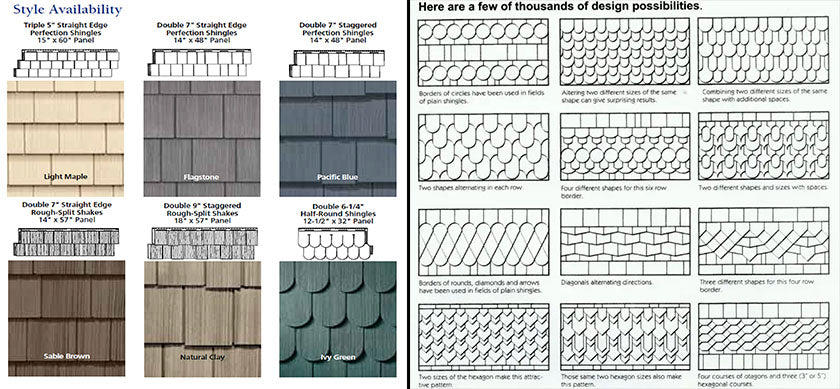
Shingles Design and Shingle Style from New York Sash
Difference Between Shingles and Shake

Choose between the two distinct options: shingle and shake. Shingles are chosen to save money and have low maintenance. In contrast, shakes have a classic rustic style with high texture due to their split grain structure, unlike saw-cut shingles, which have some cross-grain.

Natural Cedar Shingle (left) and Cedar Shakes (right)
Installation and Details for Shingles
Installing shingle wall siding is a relatively straightforward process requiring basic carpentry skills and the right tools. The first step in installing shingle siding is to prepare the wall surface by applying a moisture barrier and installing furring strips to create a level surface for the siding.
Next, the shingles are installed in rows, starting at the bottom of the wall and working up. Shingles can be installed using nails or screws, depending on how it was manufactured. The shingles are overlapped, with the bottom row overlapping the row below it to create a waterproof seal.
To ensure that the shingles are correctly aligned, a chalk line is used to mark each row, and a level is used to ensure that the shingles are installed straight. In addition, corner trim pieces are installed at the corners of the wall to provide a finished look and protect the corners from moisture.
Once the shingles are installed, they can be painted or stained to provide a desired color or finish. Proper maintenance is also essential to ensure the longevity of the shingle wall siding. This includes regular inspections, cleaning, and repairs as needed.
 Shingles Drawing Detail (left) and Asphalt Shingle Siding (right)
Shingles Drawing Detail (left) and Asphalt Shingle Siding (right)
Importance of doubling the bottom layer
The purpose of doubling the shingles in the starter course, the first/bottom layer of shingles, is to build a more strong foundation for the remaining shingles. The first layer of shingles aids in the creation of a straight, level surface for the installation of the next layer of shingles. This prevents the second layer of shingles from slipping or sliding about, perhaps causing leaks or other damage to the roof or wall.
The starter course, in addition to providing a sturdy foundation, also helps to protect the roof from wind damage. Because the eaves of the roof or the bottom of the wall are more vulnerable to wind than other portions of the roof, the starting course is frequently fitted with special, adhesive strips that aid in keeping the shingles in place in high winds.
Overall, doubling the initial layer of shingles is a vital step in constructing a sturdy, long-lasting, and weather-resistant roof/wall.
 Shingles Drawing Details. Images left and right
Shingles Drawing Details. Images left and right
Interior Ideas using Shingles
Shingles, like most of the designs available today, are primarily linked with exterior roofing and siding material. Shingles can be used as an intriguing and one-of-a-kind interior design element in custom homes. Shingle texture and pattern may offer depth and visual appeal to a space, primarily when employed in unexpected ways. Shingles, for example, can be utilized as a beautiful wall treatment or to make a one-of-a-kind headboard in a bedroom. They can also be used as a backsplash in a kitchen or bathroom or to provide texture and interest to a ceiling. Shingles can be constructed from various materials, including wood, vinyl, and even metal, providing a variety of possibilities for multiple design styles and budgets. While employing shingles in interior design is not common, it may produce a one-of-a-kind aesthetic that distinguishes a space from the usual.

Interior Shingles Wall Treatment. Image Links A, B, C, and D
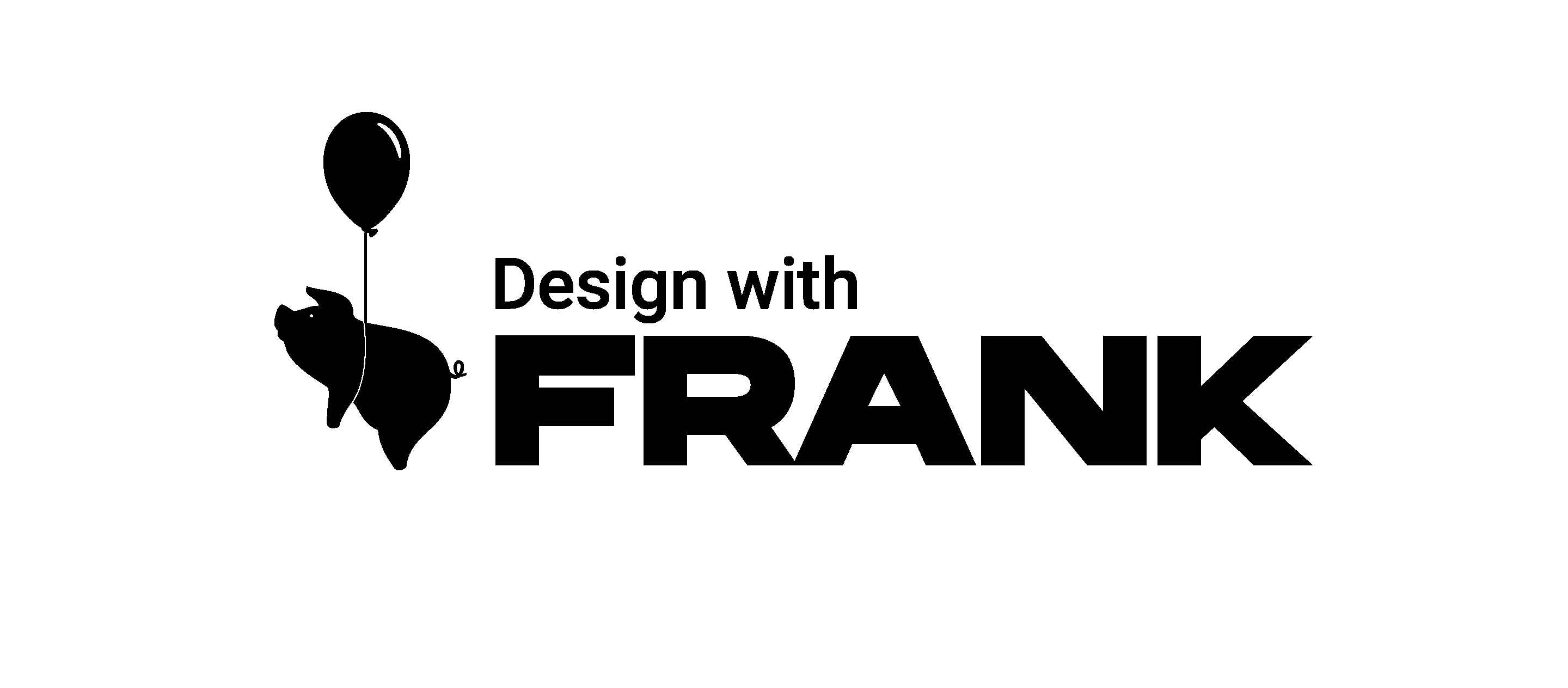
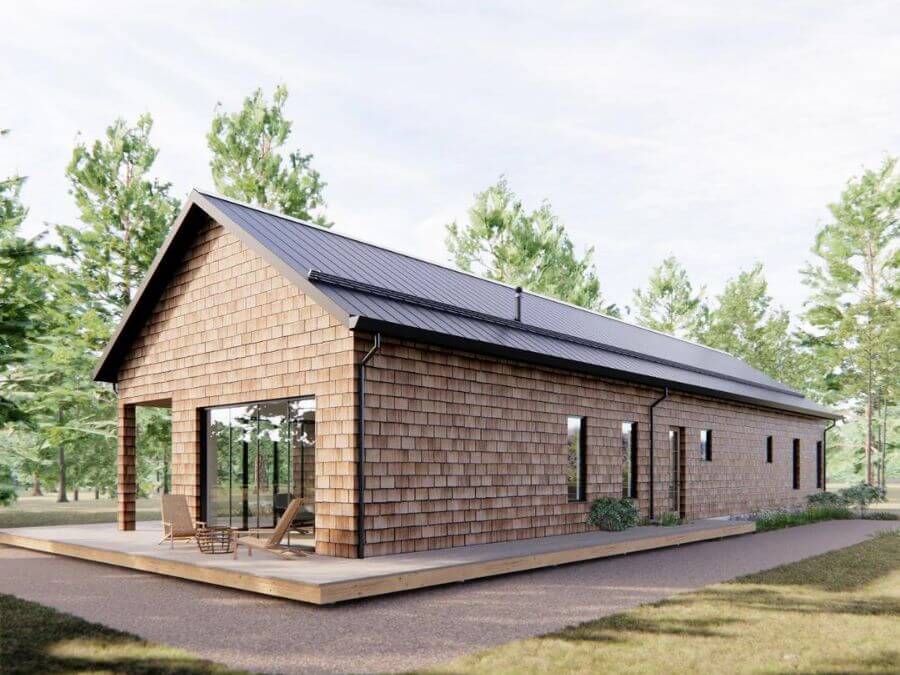

 Image Links for
Image Links for 